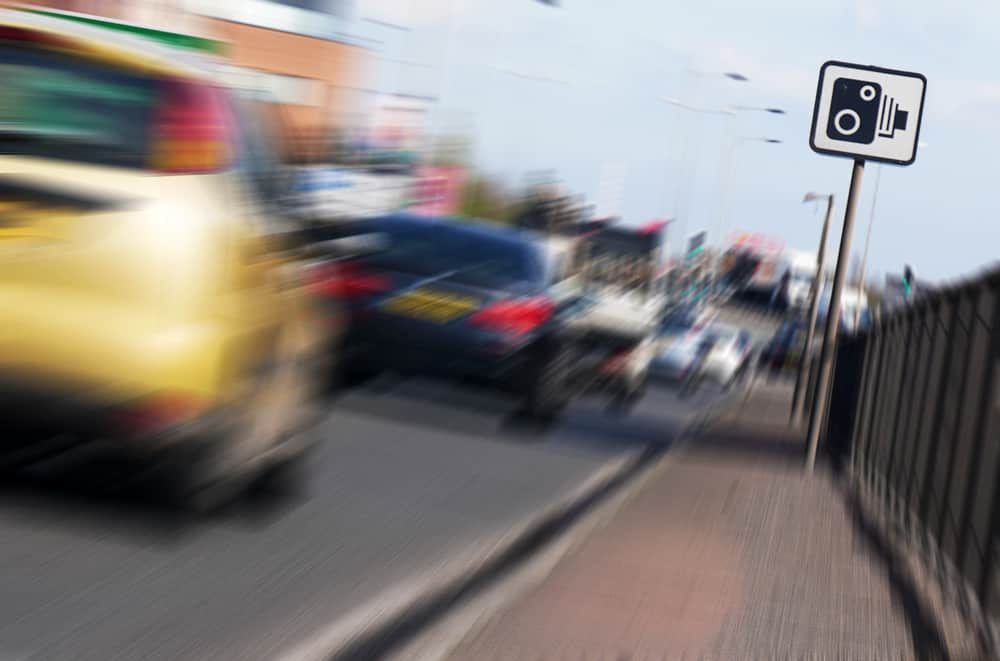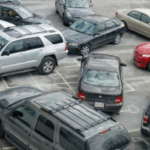How License Plate Recognition Works — Smarter Parking and Security

License Plate Recognition (LPR) systems have become a cornerstone of modern parking and security management.
By automatically reading and processing license plate information in real time, organizations across North America are improving access control, enforcement, and operational efficiency.
What Is License Plate Recognition?
An LPR system — also known as an Automatic License Plate Recognition System (ALPR) — uses cameras and image-processing software to identify vehicles based on their plates.
Each vehicle’s license plate becomes a digital credential that replaces the need for physical permits or manual verification.
This technology is widely used in parking garages, municipal lots, corporate campuses, and gated communities to improve vehicle identification accuracy and streamline operations.
How License Plate Recognition Works
- License Plate Capture – Cameras positioned at entry points or on patrol vehicles capture images of approaching cars.
- License Plate Imaging – Advanced optics and infrared sensors adjust for lighting conditions, ensuring accurate reads day or night.
- Character Recognition – Optical Character Recognition (OCR) software analyzes the captured image to extract plate data.
- Data Matching – The decoded license plate information is compared to databases such as active permits, visitor records, or enforcement lists.
- Real-Time Decision Making – In real time, the system validates access, flags violations, or logs events for reporting.
- Analytics & Reporting – Vehicle speed, time of entry, and repeat visits can be analyzed to improve efficiency and optimize resource allocation.
Applications Across North America
- Municipal Parking Enforcement: Automate vehicle checks, virtual tire chalking, and citation issuance without manual patrols.
- Access Control Systems: Integrate LPR with gates or barriers for seamless vehicle entry to staff lots or private facilities.
- University and Corporate Campuses: Manage large volumes of vehicles through digital permits and accurate record-keeping.
- Healthcare and Retail Facilities: Improve visitor flow while maintaining security and compliance.
- Fleet and Logistics Operations: Track vehicle speed and movement patterns to enhance efficiency and accountability.
Advantages of LPR Systems
- Operational Speed: Process vehicles in real time — reducing bottlenecks and manual intervention.
- Accurate Identification: Reliable license plate capture under varied lighting conditions or weather environments.
- Enhanced Access Control: Integrate with gates, payment kiosks, or enforcement tools to manage permissions automatically.
- Data-Driven Insights: Analyze trends in occupancy, dwell times, or enforcement activity.
- Cost and Labor Savings: Reduce the need for manual patrols, printed permits, or error-prone data entry.
Privacy, Compliance, and Responsibility
LPR systems collect sensitive vehicle information, so proper data handling is essential.
Organizations should:
- Use secure, encrypted storage for license plate information.
- Comply with U.S. and Canadian privacy standards such as SOC 2 and TX-RAMP.
- Inform the public about data usage and retention policies.
- Regularly test accuracy and calibrate cameras for environmental and lighting changes.
Integrating LPR With a Unified Platform
License Plate Recognition works best when integrated with other operational tools.
The OperationsCommander platform brings together parking management, violation tracking, and access control under one system, one platform, one database — giving teams complete visibility from vehicle entry to payment collection.
Whether you’re managing a single lot or multiple sites across North America, this integrated approach simplifies enforcement and enhances user experience.
The Future of License Plate Recognition
As camera technology and AI evolve, LPR systems are becoming faster, more adaptive, and capable of detecting additional details such as vehicle make, model, and color.
Combined with analytics and mobile enforcement, they form the foundation for next-generation smart parking and access control systems.
Take Command of Your Operations
Ready to modernize your parking or security operations?
Explore how LPR and virtual permit management can simplify daily tasks, reduce stress, and increase revenue.


